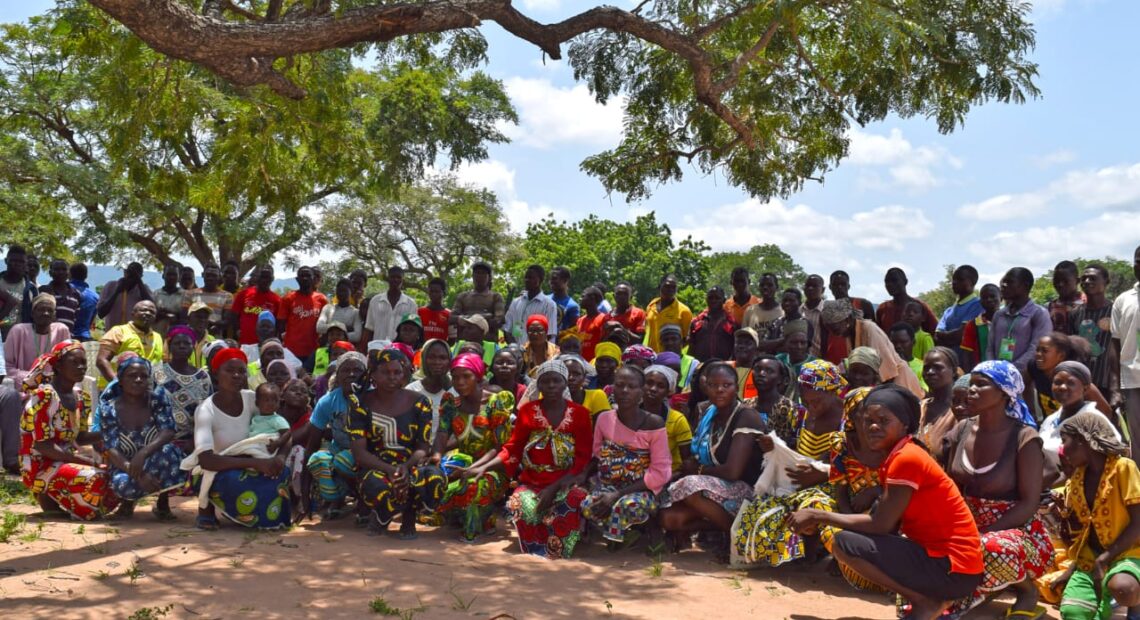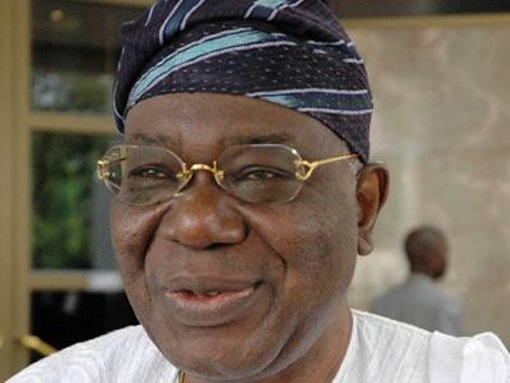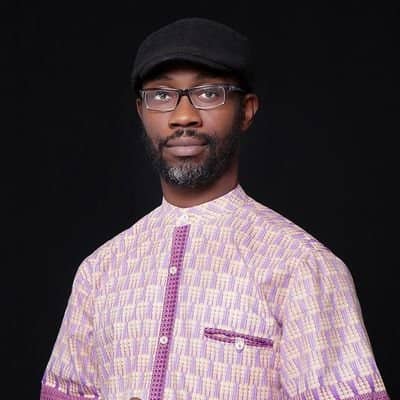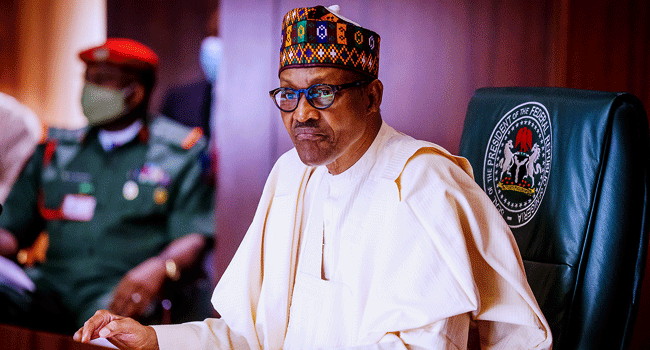Middle Belt Nigeria: A Region On The Brink Of Collapse

…A call for proactive engagement of international and local NGOs
The Middle Belt is a multi-ethnic religious geographical area in Nigeria that comprises states such as Benue, Taraba, Plateau, Nasarawa, Kogi, Kwara, and the Federal Capital Territory. It is a heterogeneous section with different ethnic and cultural backgrounds speaking over 230 languages and serving as the border between Northern and Southern Nigeria.
The Middle Belt population is estimated at 45 million people.
Over the years, the region has had to grapple with insecurity in terms of political instability, conflicts and ethnic crisis, especially in the past three decades. Indeed, since the return of democratic governance in Nigeria, the Middle Belt has constantly been in the news due to various security and environmental issues, particularly the incessant farmers-herders clashes that have resulted in the loss of lives of hundreds of innocent people, including children, women, youths and the elderly.
Hostilities between pastoralists (herders) and farmers have continued for decades in the Middle Belt region of Nigeria
Nonye Ossai, a content writer at Blackdot Media, in an article, had noted that beheading, disembowelment of expectant mothers, hacking of infants, rape and forced marriages of underage girls were common evils that had been witnessed in the beleaguered region.
On the New Year day of 2018, Vanguard Newspaper had reported that communities in Guma and Logo LGA came under severe attacks by herdsmen militia which claimed the lives of over 70 persons, including women and children who were accorded mass burial by the state government. “After then, the attacks persisted; from Agatu to Apa, Otukpo, Ogbadibo, Makurdi, Gwer West, Guma, Tarka, Buruku, Kwande, Ado, Okpokwu, Logo, Ukum and Katsina-Ala LGAs, the armed herders sacked communities, killing many at will and displacing over two million rural farmers.”
The governor of Benue State, Samuel Ortom, in one of his press interviews on the rising spate of herders killings in the state said: ”Fulani herdsmen attacks on my people in the last couple of years have caused a devastating humanitarian crisis resulting in the killing of over 6,000 Benue people and the displacement of about two million others with many living in IDP camps.”
This is just one of the numerous horrendous killings taking place across other states of the Middle Belt. Similar attacks have also been consistent in Plateau, Taraba, Kaduna and Niger states.
Hostilities between pastoralists (herders) and farmers have continued for decades in the Middle Belt region of Nigeria. This has led to an estimated 296,000 IDPs in the three states of Benue, Nasarawa and Plateau (IOM DTM R4), of which 56% are estimated to be below 18 years; 40% between 18 and 59 years; and 4% above 60 years. acaps.org further reports 581,000 people are displaced and 2,161,000 people in need in Nigeria’s Middle Belt states of Adamawa, Benue, Kaduna, Nasarawa, Plateau and Taraba.
Nigeria ranks 186 out of 189 on the Human Development Index (HDI). This is a very abysmal ranking and narrows down to point the Middle Belt Region to lines of poverty mirroring lack of food, potable water, health care shelter and education. These disputes have arisen from tensions over land.
Nigeria ranks 186 out of 189 on the Human Development Index (HDI)
Between 2016 to date, the Middle Belt Region has come under serious aggression from insurgents, killing and destroying economic activities, leaving people in unimaginable hardship. These terror attacks have displaced several households with women and children mostly affected, leading to food insecurity, malnutrition, loss of means of livelihood, and out-of-school children.
It is instructive to note that the conflict in the region has also affected the rest of the country as most states depend on the region for agricultural produce. Benue and Taraba states, particularly are primarily agrarian. Therefore, an extant effect of food insecurity stares the nation in the face as farmers can’t engage in active farming in those places any longer.
Comparatively, the activities of Boko Haram in the North-East and those of the pastoralists (killer herdsmen) in the Middle Belt are synonymous and with the same consequential effect. One wonders why the Middle Belt has not gotten sufficient and desired attention from the Nigerian government and humanitarian international organizations across the world. What magnitude of carnage would attract a similar attention given to the North-Eastern Region to be replicated in the Middle Belt?
Records have shown that International Funding organizations and NGOs have been at the core of mitigating the humanitarian crisis at the inception of insurgency in North-Eastern Nigeria. Several milestones have been achieved by these organizations in bringing humanitarian support to affected people in the region. However, the same can not be said of the Middle Belt region where similar and even more devastating crises are witnessed on a daily basis at a very ravaging scale, but without the corresponding level.
Lanre Akinwale is a Director Strategic communications at the ZEGE MULE HUMANITARIAN FOUNDATION- Abuja Nigeria
The Insight Report
Nigeria Coverage



